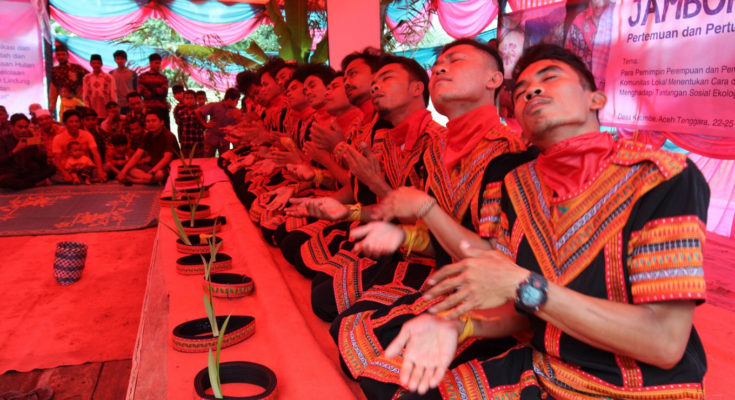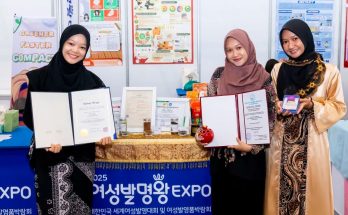Though located in the same province of Aceh, the Gayo people from Central Aceh and the Alas people in the southeast have vastly different cultures from the typical Acehnese people.
Through the combination of Gayo and Alas cultures in their traditional practices, residents of the Southeast Aceh regency are called Gayo Alas.
This unique tradition was on display at the Jambore Nusantara (Archipelago Jamboree), held at the Ketambe Traditional Hall of Ketambe village in Southeast Aceh on July 23-27.
Located on the banks of the Alas River, Ketambe village is directly adjacent to the conservation forest that supports the Mount Leuser National Park (TNGL).
The village’s residents actively take part in protecting the forest, with dozens of local youths working as guides for foreign tourists who wish to see orangutans.
More than 30 women leaders, youths of the indigenous people and members of communities coming from Papua, Kalimantan, Sulawesi, Bali, West Nusa Tenggara and Java attended the event, which was organized by the Samdhana Institute in collaboration with Leuser Ecology School (SEL).
A traditional reception marked the event’s opening on the first day.
The Ketambe youths served plates of food to guests, a demonstration of a village tradition in which men serve the food.
Afterward, guests were asked to stand in the courtyard to see the welcoming ceremony. Village leaders lined up in front of the hall with patterned black umbrellas. Four men donning traditional Gayo headbands and clothes, as well as women carrying gongs, led the guests to shake hands with village leaders.
It was followed by a ritual of greeting guests, in which a woman wailed, and two other women splashed water on guests sitting on pandanus mats.
The guests were then given a handful of mixed rice and were told to eat betel and areca nuts, along with the traditional foods and pure water from the Ketambe River.
Following remarks from a leading representative, a dozen young men in traditional clothing performed the traditional Saman dance, which was recognized by UNESCO as an intangible world cultural heritage in 2011.
The men also competed in fights with small sticks of bamboo, and spectators would cheer when one of the competitors lost after his stick had been broken.
As the young men performed the Saman dance, dozens of Ketambe girls performed the Bines dance to chants in their local language.
The highlight of the event was Didong, the art of reciprocating poetry in the Gayo language with various themes involved.
In the small village on the edge of the Leuser Forest, the night was full of cheers, laughter, art and music.
//thejakartapost.com/life/2019/08/08/archipelago-jamboree-highlights-gayo-alas-culture-in-aceh.html



